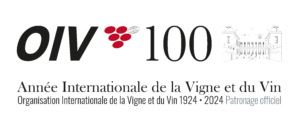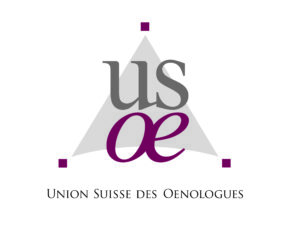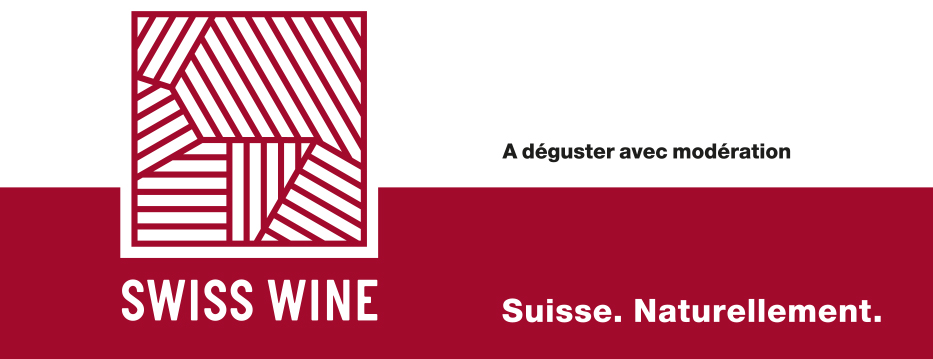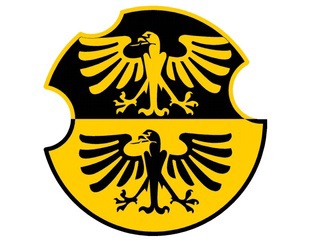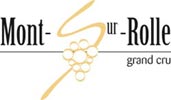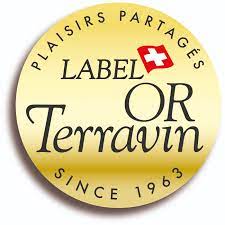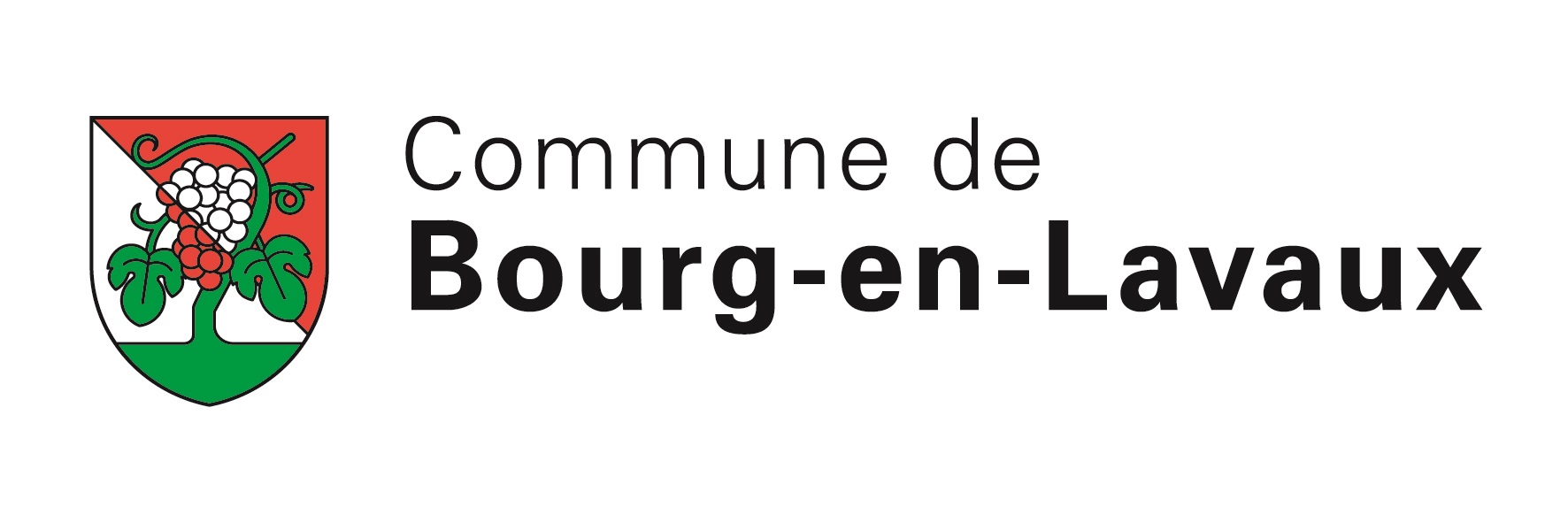Getting to Know Chasselas
Widely grown but little known, Switzerland’s champion white grape is starting to attract the attention of wine enthusiasts outside its homeland

With more than 38,000 hectares planted worldwide, in countries as widespread as Canada, China, Romania, and New Zealand, Chasselas is one of the world’s top 30 most widely grown grapes. A high-yielding, early ripening variety, Chasselas is well-suited to marginal climates where long-cycle varieties are at risk of frost, which makes it a popular choice in wine regions like British Columbia in Canada, and Baden in Germany. There are more hectares of Chasselas under vine than there are Zinfandel (32,700 hectares)—and its plantings almost double those of Grüner Veltliner (18,800 hectares). Yet Chasselas is practically unknown to consumers outside its native Switzerland.
Chasselas is a nonaromatic variety with naturally low acidity and low alcohol (11% to 13% ABV)—and it has a reputation for yielding rather neutral table wines, so it rarely makes it onto international wine lists. In Switzerland, however, Chasselas is the champion white variety, making up 28 percent of the nation’s wine production. Revered for its finesse and how well it expresses Swiss terroir, it’s also the most planted native variety in Switzerland by far, occupying almost 4,000 hectares.
“Chasselas was born here, and this is where it finds perfection,” says winemaker Benjamin Massy, whose family winery in Lavaux makes five different Chasselas wines. “It’s delicate, though—you have to take your time to comprehend it.”

A Swiss Paradox
It wouldn’t be unreasonable to think that Chasselas is popular in Switzerland by default, but that’s not so. There’s no shortage of other native varieties for Swiss winemakers to choose from, according to José Vouillamoz, a Swiss ampelographer and the author of Cépages Suisses. “We grow, officially, more than 250 grape varieties on a mere 15,000 hectares—it’s probably a world record,” he says. “I’ve counted 80 indigenous varieties.”
Chandra Kurt, a Swiss wine writer and the author of Chasselas—From Féchy to Dézaley, says it took her a long time to truly understand the Chasselas grape. “When I was younger, I wanted something heavy,” she says, “like a Chardonnay, but when you travel around and taste many wines, you realize that there are few that are so light and digestible [as Chasselas].”
The character of Chasselas seems, paradoxically, to be determined by its very lack of character. “It has low acidity, low alcohol, and low aromatics, but it has this unique freshness and elegance; it’s very delicate,” says Catherine Cruchon of Henri Cruchon winery in Échichens. “Because the variety doesn’t have its own strong personality, it really does take its personality from the soil. You really taste where it comes from.”
Switzerland has a wide variety of soils, ranging among chalk, clay, sand, gravel, and schist, and while the country is united by a cool, continental climate, there’s also a wide range of microclimates affected by lakes, Alpine mountains, and altitudes (Switzerland has the highest-altitude vineyards in Europe). Capturing the terroir and not overpowering the simplicity and delicate nature of Chasselas is a winemaking challenge.

“It’s not easy to make, because it’s so subtle,” says Julien Dutruy, winemaker at Les Freres Dutruy in Founex. “It’s probably the most difficult wine we make because Chasselas can’t tolerate reduction or oxidation, it doesn’t like barrels, and you have to be really careful with the yeast because the wine is so neutral. We have to manage the vinification with accuracy.”
The very neutrality of Chasselas makes producing wine from it a precise art. But if there ever was a nation known for its precision—that would be Switzerland. And so this aromatically neutral grape has found a congenial home in this politically neutral country, with thousands of single-vineyard Chasselas wines on the market, ranging from basic to Grand Cru.
Chasselas in the U.S.
Despite the plethora of producers, drinking Chasselas outside Switzerland is difficult. Only 2 percent of its wine production is exported, making supplies scarce. Although demand is growing, the price point is another hurdle. “The market had grown every year from 2003 to 2010, until the dollar lost 40 percent of its value against the Swiss franc,” says Laurent Crolla, who imports a dozen Chasselas wines to the U.S. through Swiss Cellars. “It has somewhat recovered [both the dollar and the volume], but the exchange rate is still a big issue. The more interesting Swiss wines retail above US$25.”
There’s another conundrum in the marketing of Chasselas. There are 248 known synonyms for Chasselas, and although it has many names, the variety is rarely stated on the bottle. “In Switzerland we have a very old wine culture with Chasselas,” explains Chandra Kurt. “And, as in Burgundy, we don’t call the wines by the grape’s name but by the commune.” The combination of multiple synonyms and the favoring of the village name over that of the variety means that identifying a Chasselas from the label alone can be difficult.
These quirks, along with the grape’s inconspicuous character, give a sense of why, outside Switzerland, Chasselas remains in the domain of the intellectual and expert wine drinker. “Professionals seem to have gained interest and knowledge of the regions and producers, [and] the question now is whether that can be translated into actual consumer interest,” says Arvid Rosengren, the wine director at the restaurant Charlie Bird in New York City and winner of the 2016 Best Sommelier in the World competition. “Chasselas obviously can make good wine, but much of it is overly neutral and boring. It’s very malleable, or in a nicer way, terroir transparent. The classic Grand Cru sites make better wine, which is a good thing. I think the perception abroad has to start at the top.”
Is Chasselas Ripe for a Cult Following?
Oregon’s Eyrie Vineyards winemaker Jason Lett, who has been a fan of Swiss wines since visiting the country years ago, feels that the wines deserve more attention in the U.S. “Chasselas is revered as the great conduit of terroir,” he says. “It’s so delicate and transparent; Chasselas does whisper very different stories depending largely on where it’s grown. Switzerland is a candy store for anyone who looks at wine from the perspective of vines first.”
While Chasselas is still off the radar for most, this unique Swiss variety is beginning to appeal to a subset of imbibers who are looking for something different. As many in the wine world recoil from the excesses of oak and extraction popularized in recent decades, Chasselas—with its subtle elegance, tempered minerality, and drinkability—might just offer an antidote.
Amanda Barnes is a British wine writer who since 2009 has been based in South America, where she specializes in the wines and regions of Argentina, Chile, Brazil, and Uruguay. Ever footloose, she is currently on a mission to travel Around the World in 80 Harvests.
Category: Articles généraux sur le Chasselas





